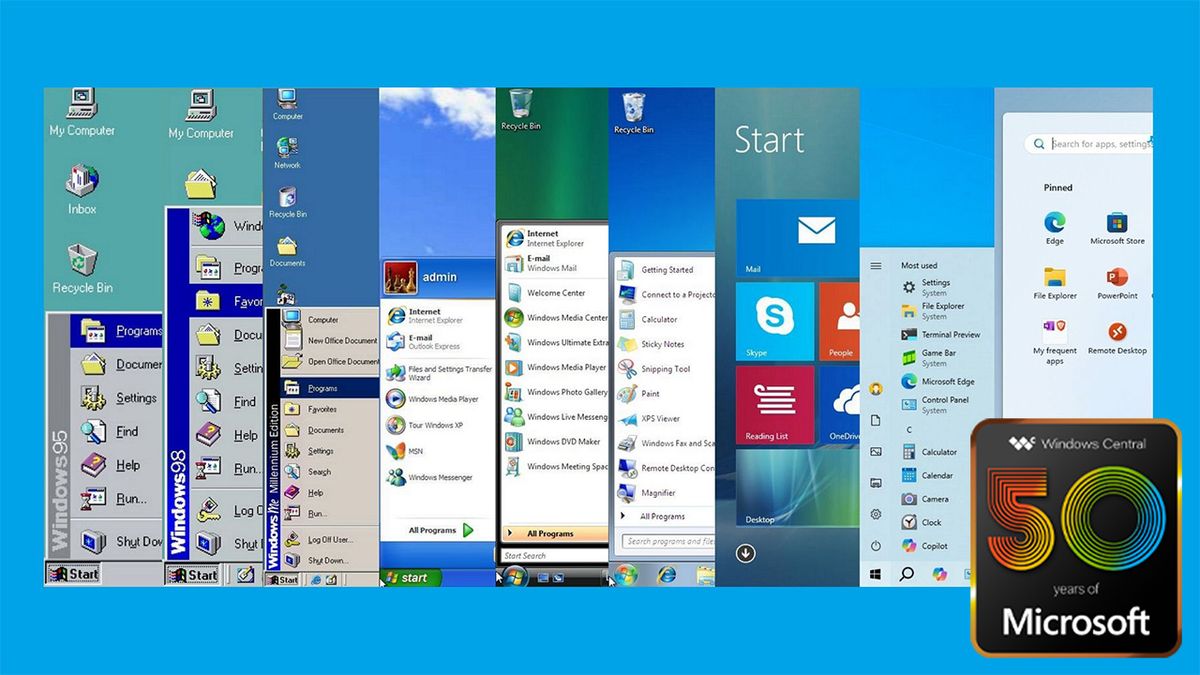
How has the Windows Start menu evolved? Looking back in time as Microsoft turns 50
- 24.03.2025 13:13
- windowscentral.com
- Keywords: Windows, Start Menu, Microsoft
The Windows Start menu has evolved significantly since its debut in 1995, adapting through various designs from the classic pop-up in Windows 95 to the modern hybrid layout in Windows 10 and a simplified version in Windows 11. Over three decades, it reflects Microsoft's efforts to balance innovation with user familiarity, though not all changes were met with approval.